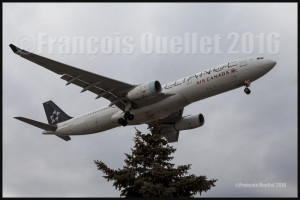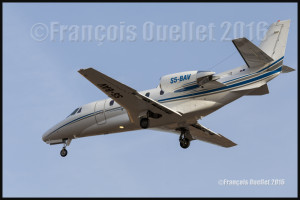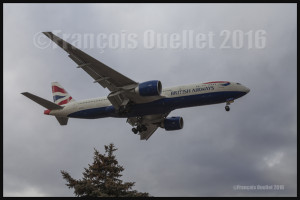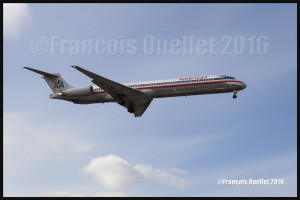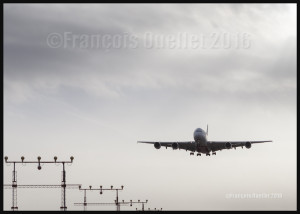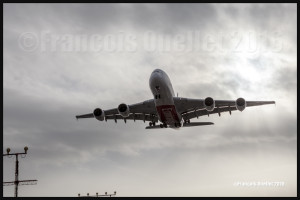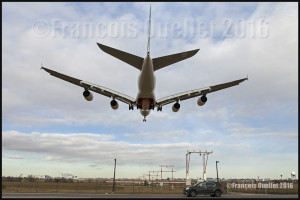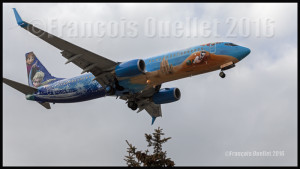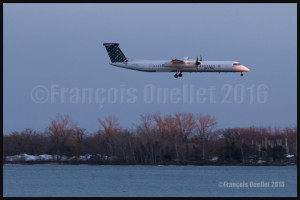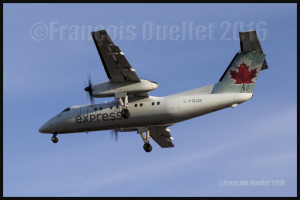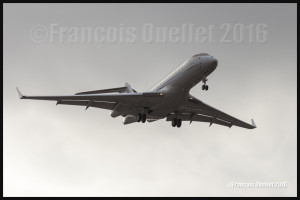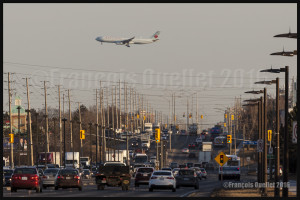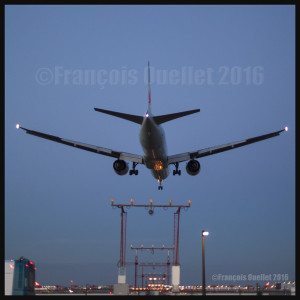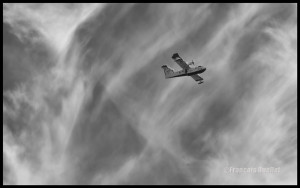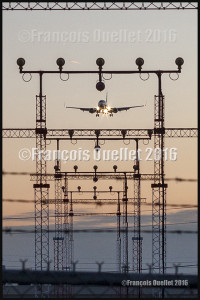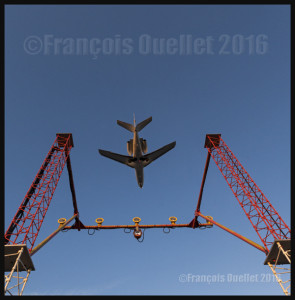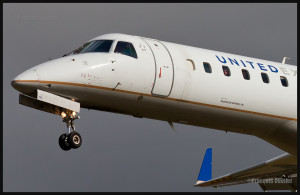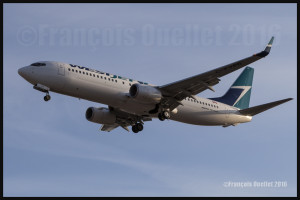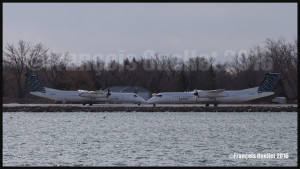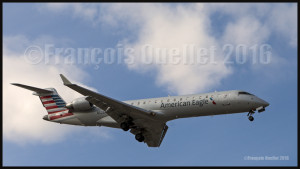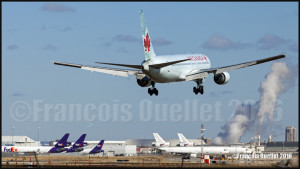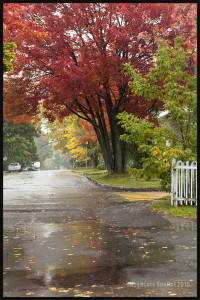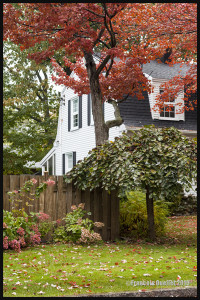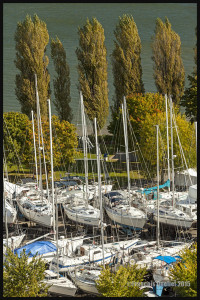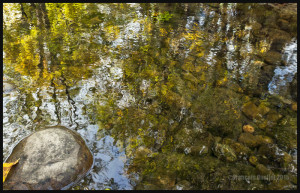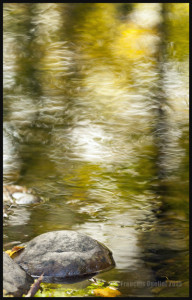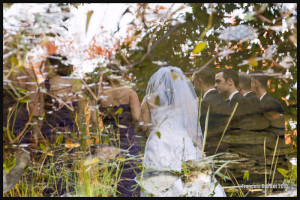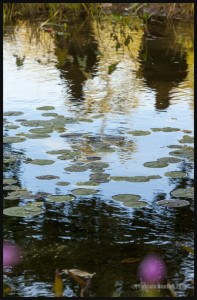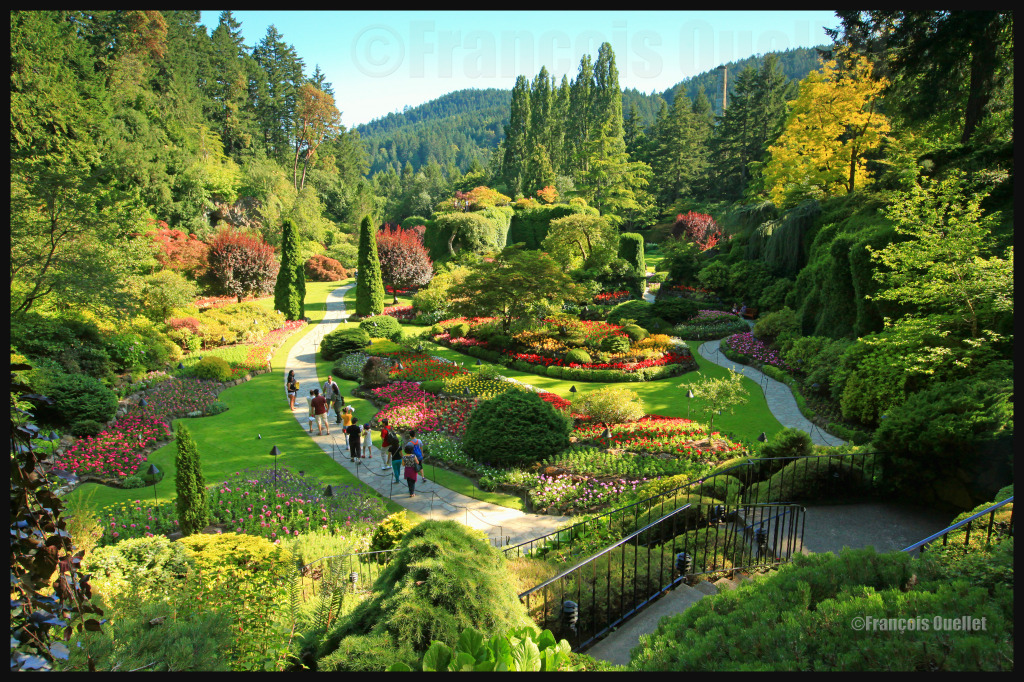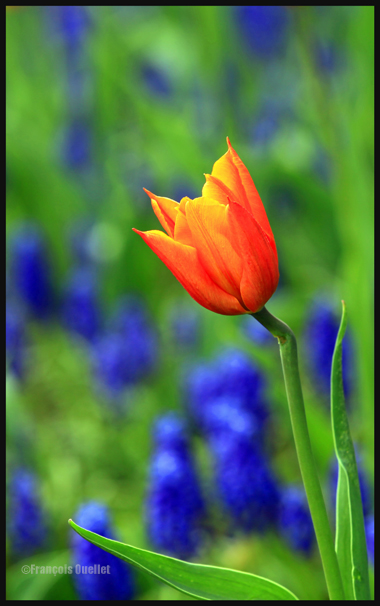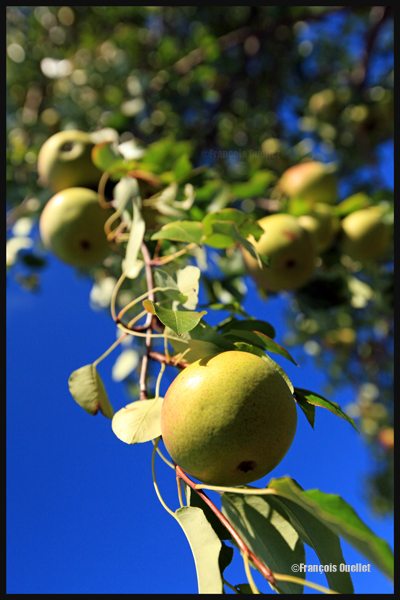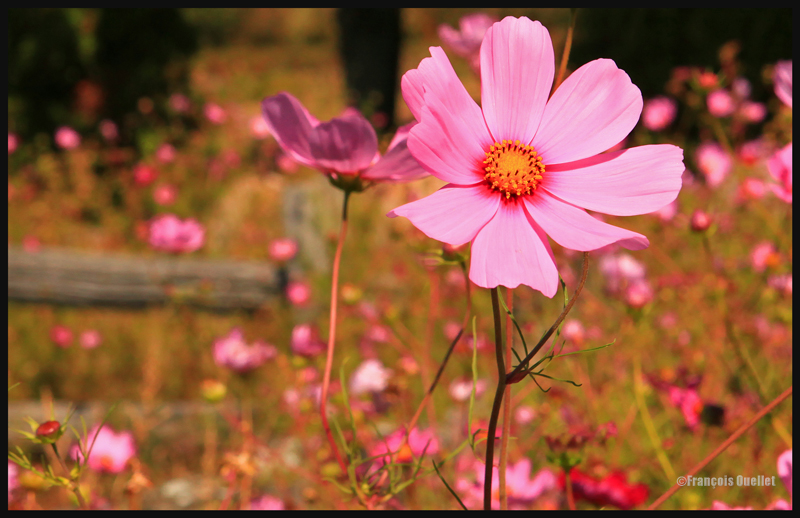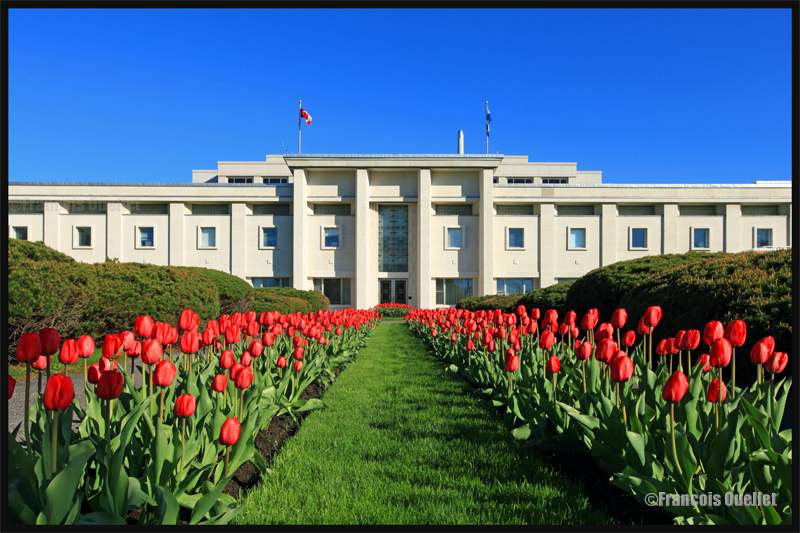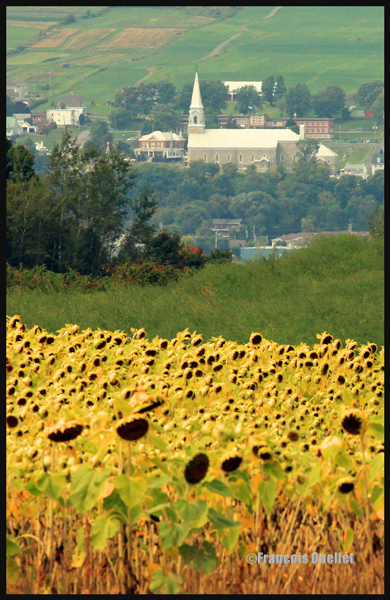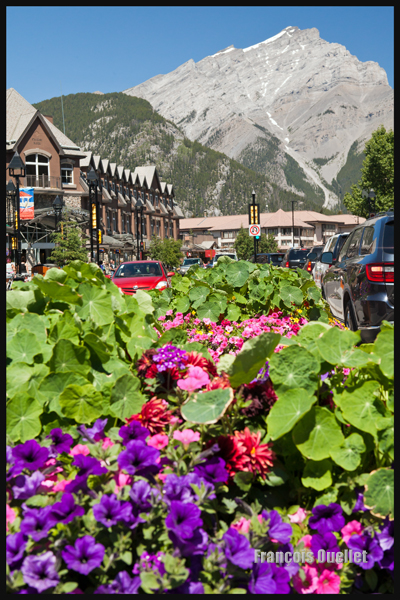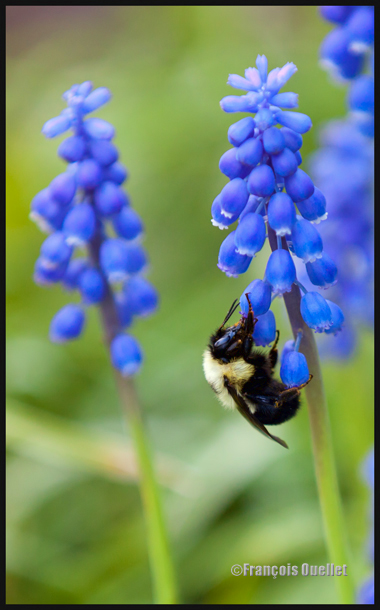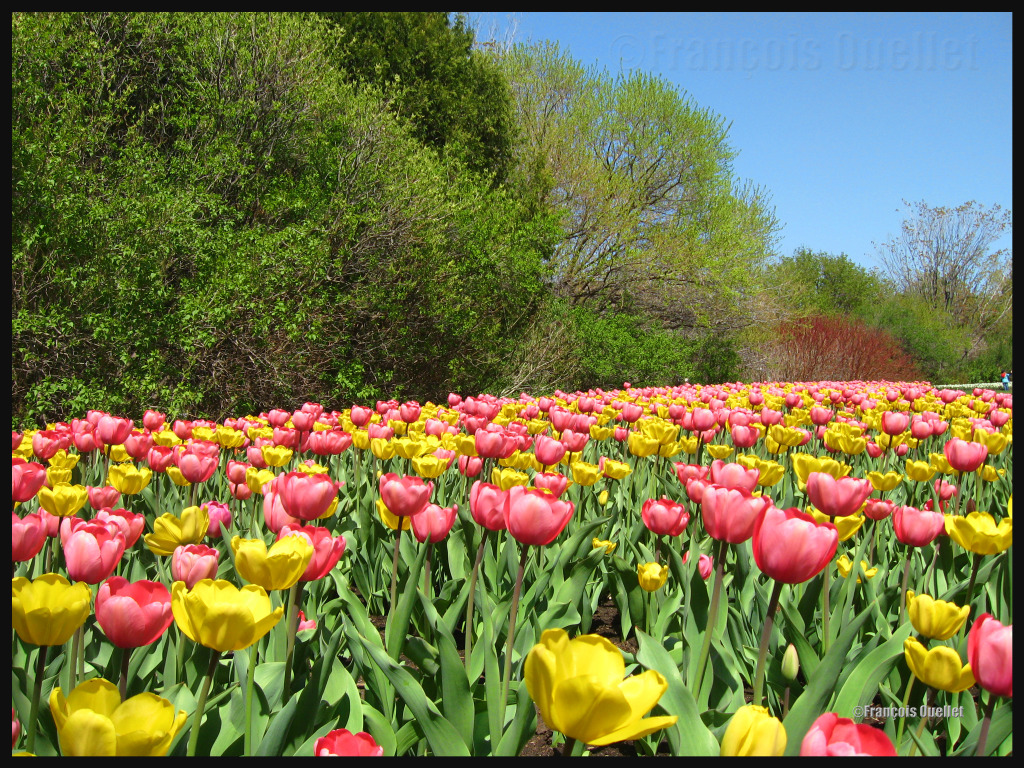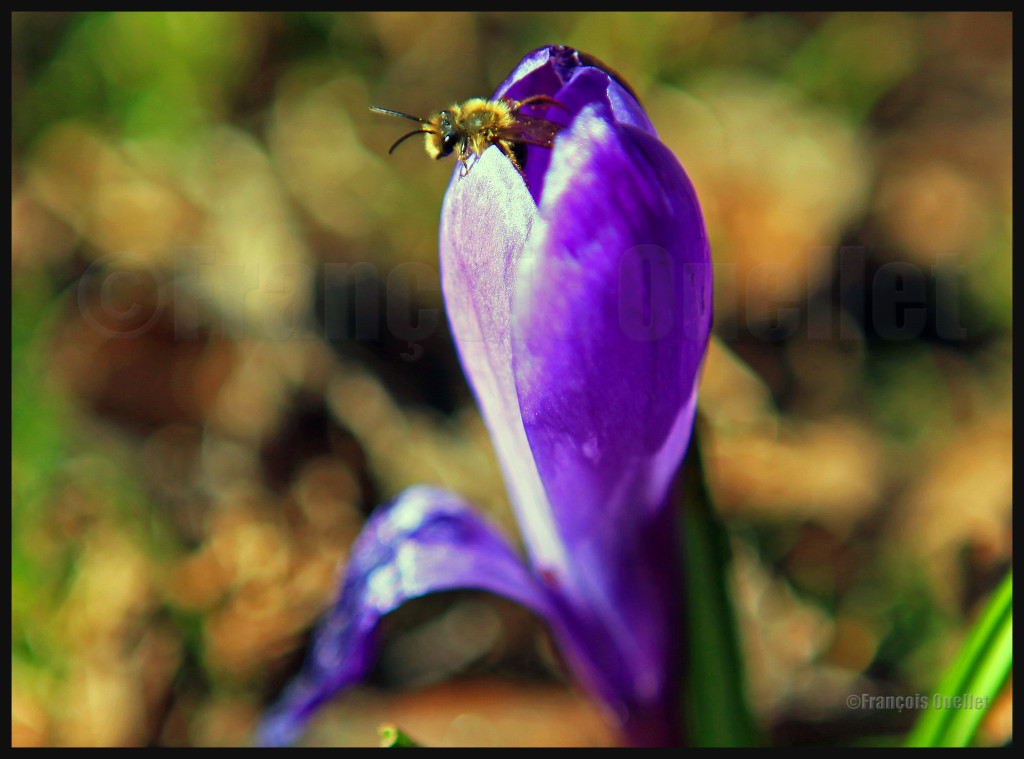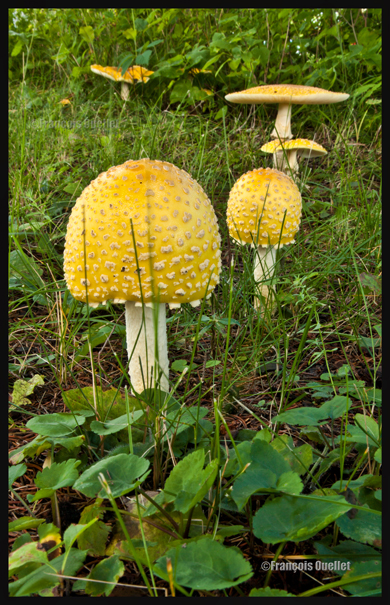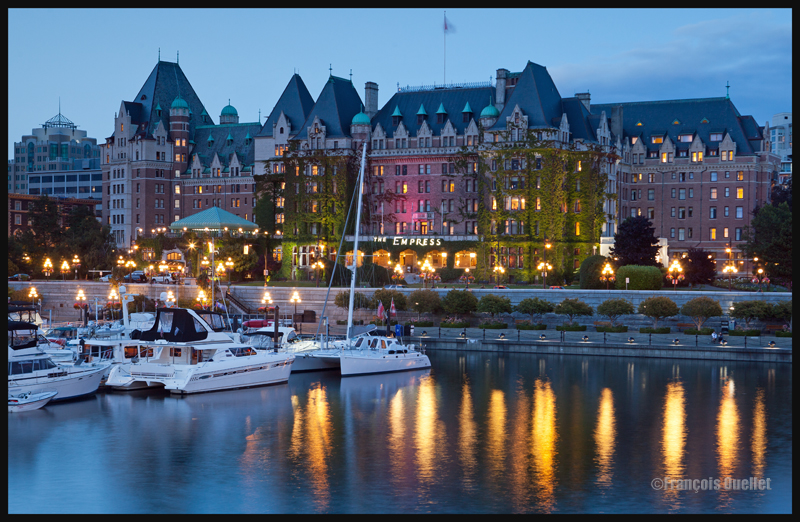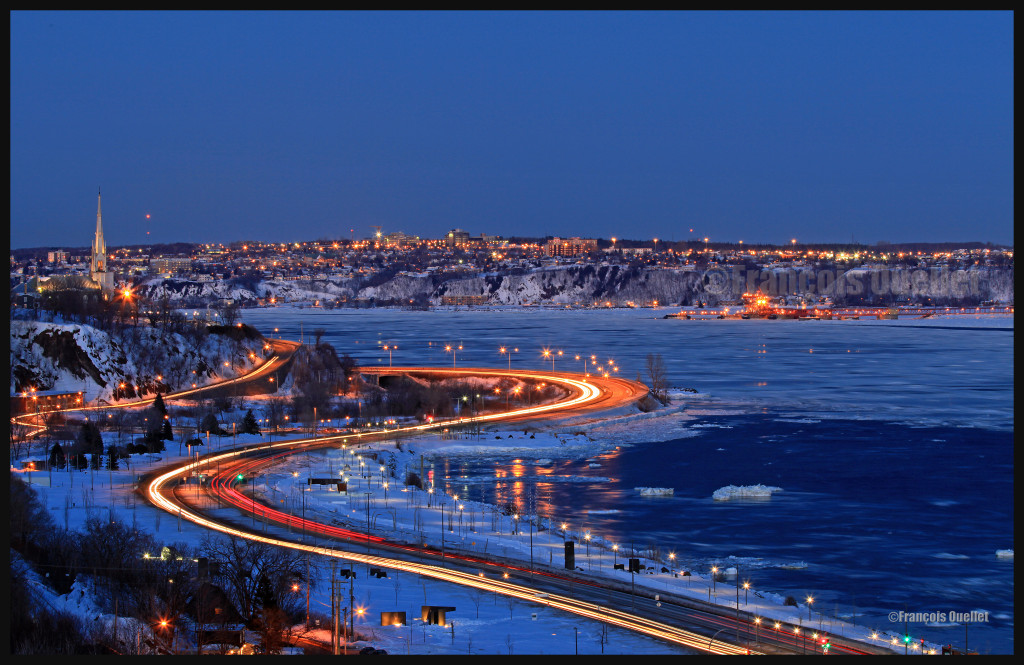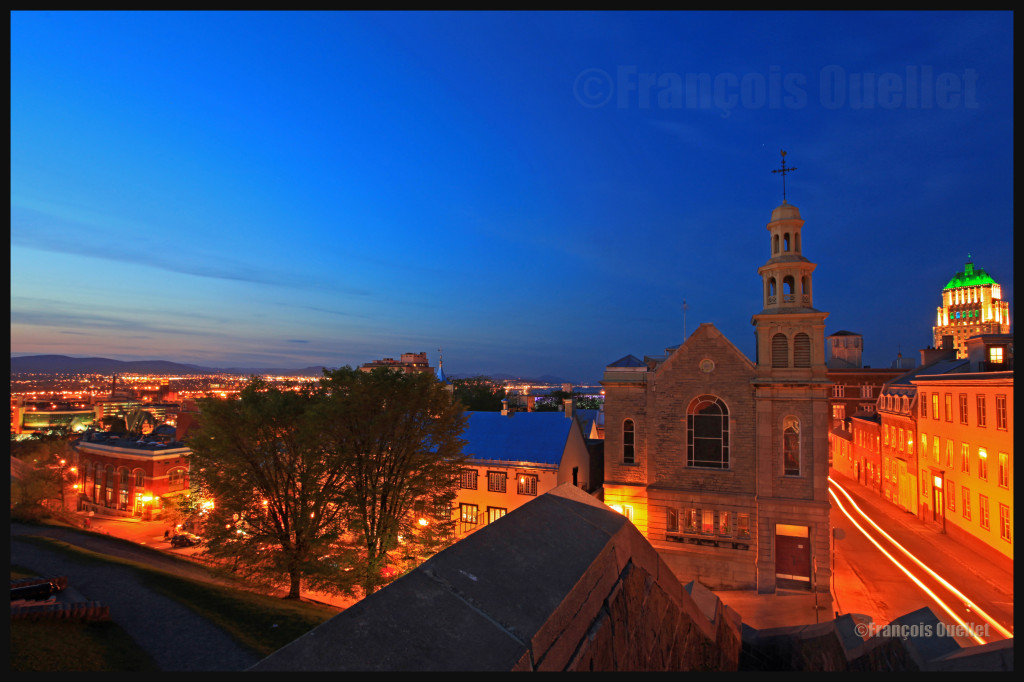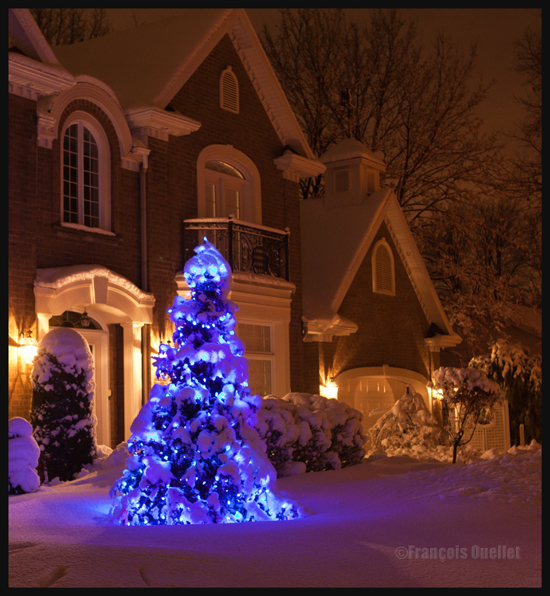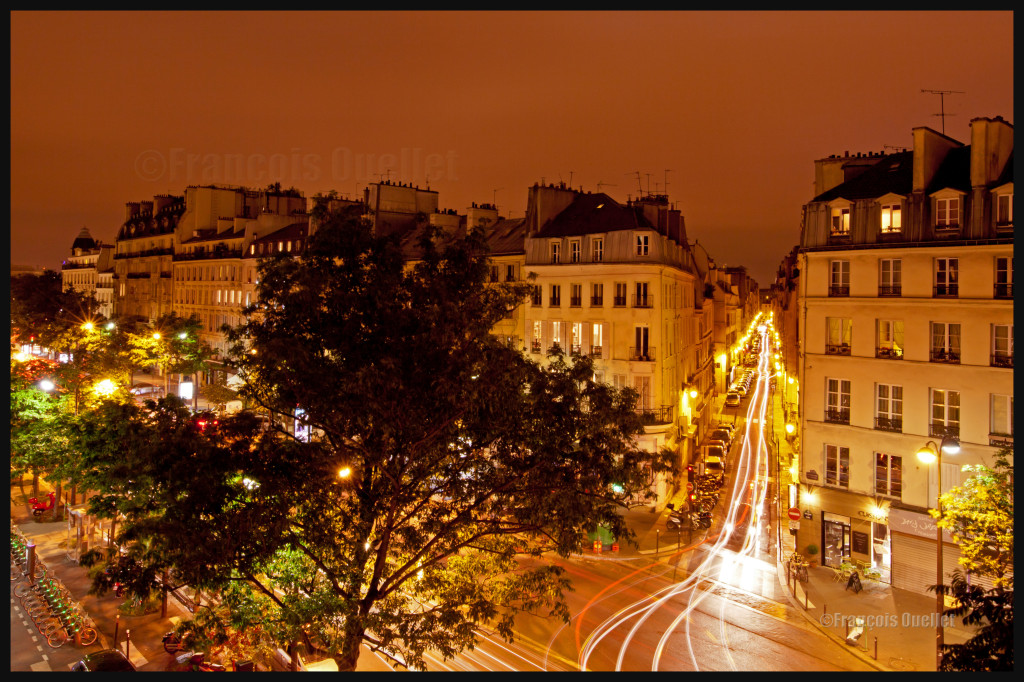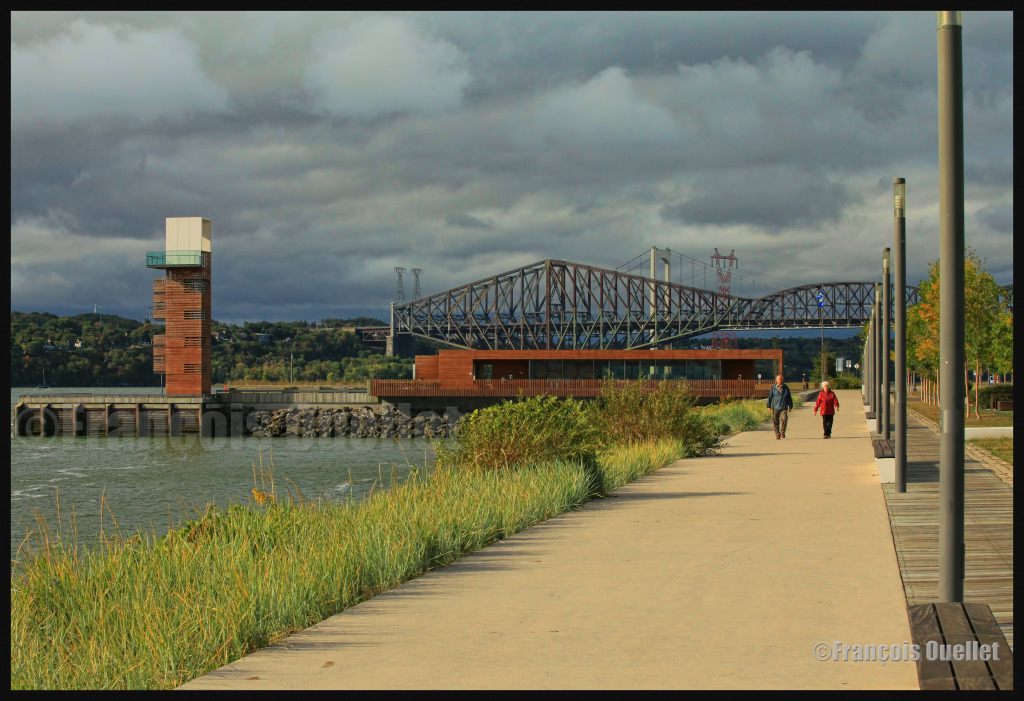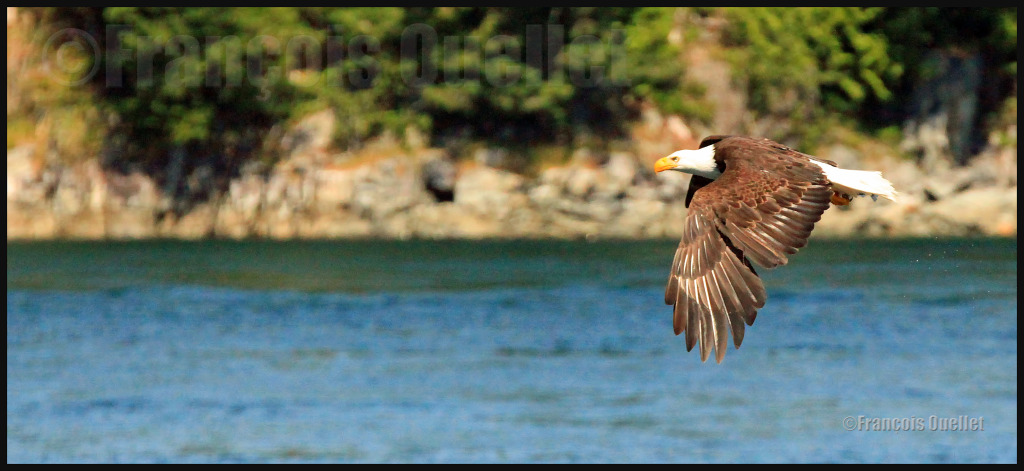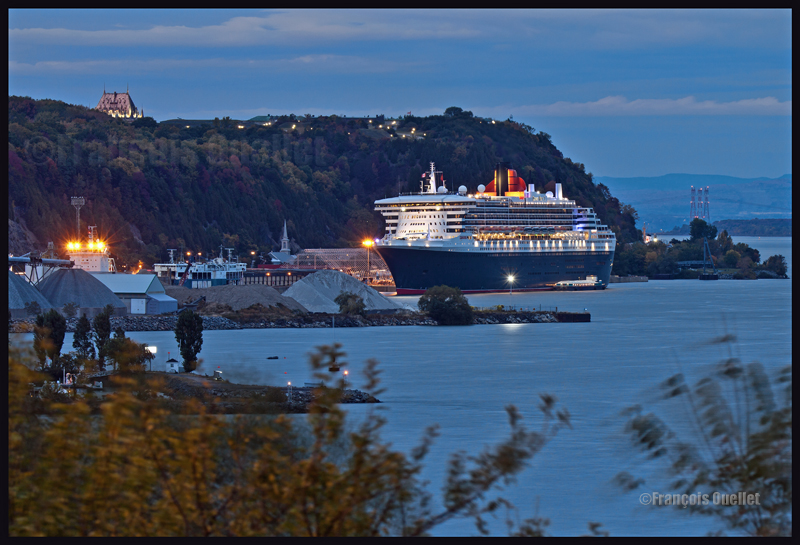Here is some information aimed at helping tourists visiting Toronto, who like photography and aviation, and would think of booking one day during their visit to head to the Toronto Lester B. Pearson international airport (CYYZ) for a plane spotting photo session.
Initial planning
If you can, get a scanner or download an app on your cell phone to get real time information on air traffic around the airport: you will then know in advance the type and nationality of inbound or departing aircrafts.
Search for websites giving you access to Toronto airport VHF frequencies and program your scanner if you decided to get one.
Have a look at different plane spotting websites for the Toronto airport: there are many precious advices from experienced plane spotters that will prove useful in heading to the best spots and avoiding common mistakes.
Print two or three maps of secondary routes around the airport so that you can orient yourself when there is a change in runway use due to different winds or if you use a taxi ride to move around the airport: the driver will always ask you details on how to get there since those secondary routes are not a common destination for him (and chances are that he will not know where to go if you ask him to head to threshold of runway 05. Basically, he needs road names, not runway numbers).
Before leaving your Toronto hotel
Before you leave the hotel, look at the Toronto weather forecast, among them the TAF, to know the wind pattern for the day. The Nav Canada site has everything you need to know and there is a possibility to choose between coded or plain aviation language.
The Environment Canada site is also very useful.
Don’t forget to bring many snacks as well as a bottle of water since you will possibly be at a good distance from a restaurant for many hours, depending on which runway is in use. The same goes for additional batteries and memory cards for the camera.
Don’t forget the scanner, the cell phone (to call a taxi driver or get access to the arrivals and departures information) and all the photo equipment needed, as well as an abnormally high number of clothing layers necessary in case of winter photography: eight hours almost immobile outside in February calls for an appropriate preparation if you want to appreciate your experience. If you economize on clothing, it is certain that you will have to shorten your photography session.
I chose February for its very interesting light and not for its temperature! Most of the shots in this article were taken in only one day at the Toronto airport, between 10h30am and 18h30.
From the hotel to the airport
If you chose to stay at a downtown hotel in Toronto, the best way to get to the Toronto international airport is to use the UP Express train, from the Union Station on Front Street. Its use is very simple and departures are made every fifteen minutes. In February 2016, the cost was CDN $44.00 for a return trip to the airport, while a taxi ride cost $130.00.
The UP Express ride only takes 25 minutes and the train stops at Terminal 1.
It is preferable to avoid using your car around the Toronto international airport since some secondary roads are private and no stopping is allowed. You will take more time to look for police than to enjoy your plane spotting photography session.
Once you are at Terminal 1
Once you exit the UP Express at Terminal 1, get your scanner and monitor the ATIS frequency (120.825) to get the latest information on the runways in use for take offs and landings. For my photo session, the ATIS announced that runway 05 and 06L were in use, both for arrivals and departures. I took a taxi, showed the map with secondary roads to the driver and within few minutes I was where I needed to be and started the photo session.
A preliminary internet search allowed to discover that heavies mostly arrive from Europe during the afternoon et that runway 05/23 is favored for Emirates Airline Airbus A-380 arrival. I thus decided to position myself near runway 05 instead of 06L.
There are two or three quite isolated spots around the airport that provide interesting point of views for aircraft photos but that can present security problems for a photographer working alone with expensive equipment. Experienced plane spotters suggest that you should be accompanied by friends if you decide to opt for those spots (see the “plane spotting” internet sites suggested at the beginning of this article).
Technical advices
For precise photos of aircrafts in movement, I use the following parameters with my Canon 5D MKII camera:
1. Only the central AF Point of the auto focus system is selected and not the surrounding ones in order to avoid that the camera sets the focus on other objects than what I desire (trees, ILS structure, buildings).
2. The AI Servo setting is more efficient than the AI Focus or One Shot. The aircraft will be followed precisely.
3. If I want to include surrounding objects in the photo, I adjust the aperture to 7.1 or 8, instead of 11 or 13. I thus avoid increasing the ISO too much, which would affect the picture’s quality if it has to be enlarged with Photoshop.
4. To take pictures of an approaching propeller powered aircraft, a speed adjusted to 1/125 is generally adequate. You must pivot according to the aircraft movement so that it looks like it is immobile in your viewfinder. The picture is easier to take when the aircraft is farther away but becomes more of a challenge when it gets closer and flies by you since you must constantly change your pivoting speed.
5. A shutter speed that is too high will immobilize the propeller of an aircraft and make it look like the engine is not working, which will take away realism.
6. Throughout the day, position yourself so as to have the sun behind you (if there is any sun!), unless you are looking for special effects.
7. A very high quality lens, like the Canon 50mm 1.4, allows for beautiful pictures during the evening since there is no compromise on ISO, as the lens does not need much light. The grain size stays relatively small.
8. I use a very low ISO if the photo includes an interesting but far away aircraft, in order to be able to crop the picture with Photoshop. Since I cannot compromise on the speed to avoid a blurred picture, it becomes obvious that it is the aperture that pays the price.
9. If the situation allows it, add visual references other than clouds to get a bit more variety in your aircraft photo collection.
10. Try a black and white photo if the cloud formation is particularly interesting.
11. RAW+JPEG files allow for important adjustments when necessary. A JPEG only photo gives you little leeway when you want to correct mistakes or during problematic lighting conditions.
12. Variable sky conditions and constant direction winds are preferable for your photo session since the runway in use will not be changed in the afternoon and your pictures will benefit from different light intensity and cloud formations.
13. If you want to take the aircraft in relation to the ILS poles and you are looking for a symmetrical photo, just move few inches to the right or left while the aircraft is approaching or going away from you. You will also want to avoid that the horizontal poles of the ILS cut the plane and make it difficult to see.
14. Have fun experimenting, like taking a shot just above your head while including other objects for added interest.
15. Instead of always showing the whole aircraft, try a close-up view.
16. The close-up view might be such that even passengers of an aircraft on final will look at you while you immortalize them.
17. Chances are that you will meet other enthusiast plane spotters in the same area as yours since they also prepared themselves for a successful photo session.
18. Since you are in Toronto, head to Toronto Harbour when you are back downtown. You will witness the air traffic surrounding the Toronto Billy Bishop airport (CYTZ), formerly known as Toronto Island, and possibly take some original shots.
19. This is the photo equipment used for my Toronto airport plane spotting session: Canon 5D MKII camera and the following Canon lenses: EF 50mm f/1.4 USM, EF 16-35mm f/2.8L II USM, EF 24-70mm f/2.8L USM, EF 70-200mm f/2.8L IS II USM. No polarizer was used that day since I wanted to increase my margin of manoeuver with fast moving aircrafts under the February low intensity light.
Aviation photography requires much planning for successful photos. But all your efforts will rapidly bear fruits once you are on site and you will not see time pass! Have a great plane spotting session and give me some news of your experience if you can!
You can have access to other aircraft photos taken at Toronto through this link on my site:
photo galleries/aviation only
For other articles on aviation and photography, click on the following link: Aviation photography
